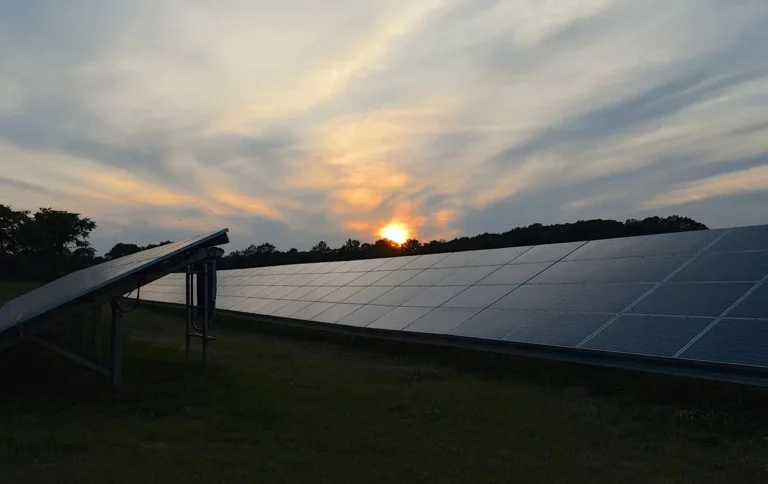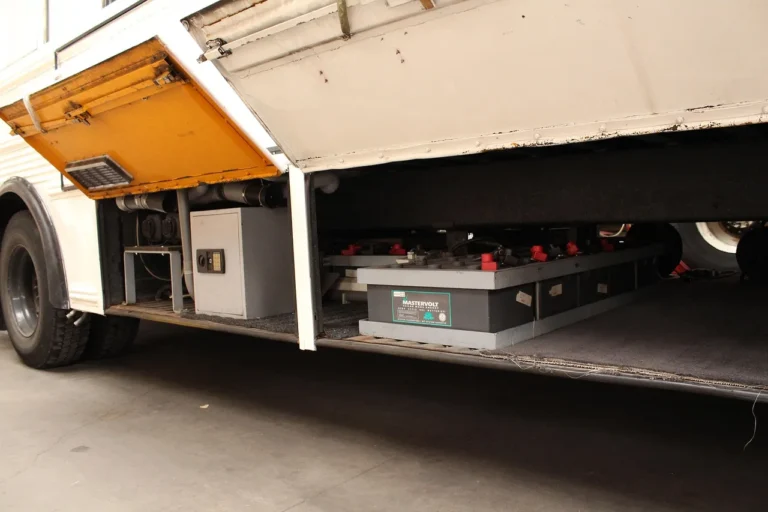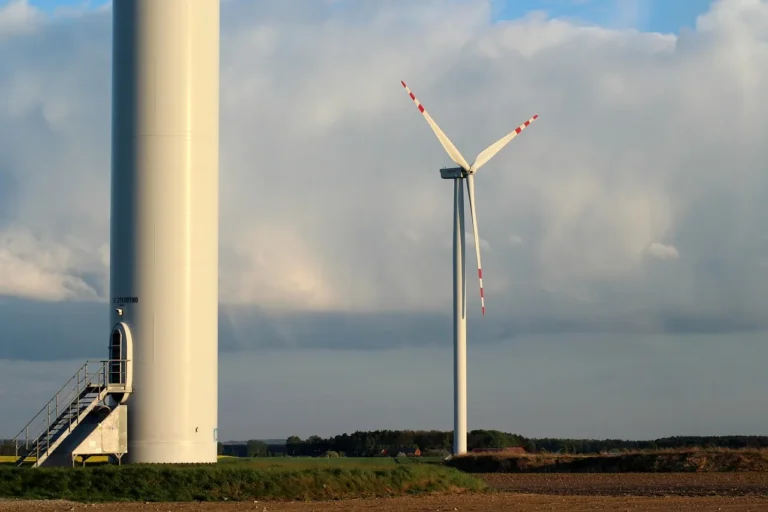
Memorial Day weekend means the unofficial start of summer, which is followed by another summer passage, the beginning of hurricane season, which runs June 1 through Nov. 30.
The National Oceanic and Atmospheric Administration predicts a hurricane season with 12 to 17 named storms this season. Of those storms, the organization estimates 5 to 9 could become hurricanes with 1 to 4 of those to be a Category 3 or higher with winds of 111 mph or greater.
Duke Energy encourages its customers to prepare for potential hurricanes and other severe storms and to have a plan to protect their family and property during the storm season. In the Carolinas, hurricanes can often affect communities both near and far from the coast, and severe storms can strike anywhere, so customers in all areas should prepare.
Duke Energy also takes steps to prepare. Throughout the year, the company makes improvements to its electric grid to make it stronger and more resistant to outages from extreme weather and enable faster restoration of power when disruptions occur. Improvements include pole and line upgrades, placing outage-prone lines underground and installing smart, self-healing technology that automatically detects power outages and quickly reroutes power to restore service faster.
In 2022, self-healing technology helped to avoid more than 1.4 million customer outages, saving more than 7.2 million hours of total lost outage time. Crews also trim trees and remove vegetation year-round that threaten the reliable operation of the electric grid. These measures are particularly beneficial to customers during storms when vegetation is a leading cause of outages.
“We work every day to improve reliability for our customers by designing our system to withstand extreme weather conditions and for faster power restoration when outages do occur,” said Scott Batson, chief distribution officer. “And when a major storm hits, we have teams of line technicians, tree workers and support personnel prepared to safely respond when our customers need us most.”
Duke Energy has a comprehensive storm response plan built upon decades of experience and improvement. Advanced forecasting and damage modeling processes help the company to place crews, support resources and equipment strategically ahead of a storm to respond quickly as outages occur. And partnerships with peer utilities provide additional resources to shorten response times and get communities back on their feet faster. This collaboration is increasingly important as utilities face storms that are growing in frequency and intensity.
Just as Duke Energy prioritizes the safety of its crews and communities, it also encourages its customers to do the same and have a plan in place in case they experience an extended power outage after severe weather. Below are some recommended safety tips:
Before the storm
- Create (or update) an emergency supply kit to save valuable time later. The kit should include everything an individual or family would need for at least two weeks, especially medicines, water, nonperishable foods and other supplies that might be hard to find after a storm hits.
- Keep a portable radio or TV or a NOAA weather radio on hand to monitor weather forecasts and important information from state and local officials.
- Charge cellphones, computers and other electronic devices in advance of storms to stay connected to important safety and response information. Consider purchasing portable chargers and make sure they are fully charged as well.
- Maintain a plan to move family members – especially those with special needs – to a safe, alternative location in case an extended power outage occurs or evacuation is required.
During the storm
- If an outage occurs, disconnect or turn off any nonessential electrical equipment that may start automatically when power is restored to avoid overloading circuits and do not open freezers or refrigerators more than necessary. Opening will allow food to thaw more quickly.
- In case of strong winds, stay away from windows and doors, even if they are covered. Seek shelter in a small interior room, closet or hallway on the lowest floor.
- Should the customer or someone they know lose power, they can view outage restoration using the Outage Map. The outage map shows currently reported outages and any estimated times of restoration. Customers can drill down to their neighborhood and even address.
After the storm
- Stay away from power lines that have fallen or are sagging. Consider all lines energized, as well as trees, limbs or anything in contact with lines.
- If a power line falls across a car that you are in, stay in the car. If you must get out of the car due to a fire or another immediate life-threatening situation, do your best to jump clear of the car and land on both feet. Be sure that no part of your body touches the car when your feet touch the ground.
For more tips on how to prepare for storm season and how Duke Energy can help, please visit duke-energy.com/StormTips. For storm or power restoration updates, follow Duke Energy on Twitter (@DukeEnergy) and Facebook (Duke Energy).
Outage reporting
Before the storm hits, customers should contact us to make sure their contact information is up to date and their communication preferences are noted, so they receive proactive updates on the status of a power outage they may experience.
Customers who experience an outage during a storm can report it the following ways:
- Use the Duke Energy mobile app – Download the Duke Energy App from a smartphone via the Apple Store or Google Play.
- Visit duke-energy.com on a desktop computer or mobile device.
- Text OUT to 57801 (standard text and data charges may apply).
- Call the automated outage-reporting system for your utility:
- Duke Energy Carolinas: 800.769.3766
- Duke Energy Progress: 800.419.6356
- Duke Energy Carolinas: 800.769.3766
- Customers can find more at duke-energy.com/outages/alerts.
Customer service specialists also will be available to manage customer calls should the need arise, with more than 1,500 additional corporate responders from across all Duke Energy jurisdictions available to assist as needed.
Duke Energy
Duke Energy (NYSE: DUK), a Fortune 150 company headquartered in Charlotte, N.C., is one of America’s largest energy holding companies. Its electric utilities serve 8.2 million customers in North Carolina, South Carolina, Florida, Indiana, Ohio and Kentucky, and collectively own 50,000 megawatts of energy capacity. Its natural gas unit serves 1.6 million customers in North Carolina, South Carolina, Tennessee, Ohio and Kentucky. The company employs 27,600 people.
Duke Energy is executing an aggressive clean energy transition to achieve its goals of net-zero methane emissions from its natural gas business by 2030 and net-zero carbon emissions from electricity generation by 2050. The company has interim carbon emission targets of at least 50% reduction from electric generation by 2030, 50% for Scope 2 and certain Scope 3 upstream and downstream emissions by 2035, and 80% from electric generation by 2040. In addition, the company is investing in major electric grid enhancements and energy storage and exploring zero-emission power generation technologies such as hydrogen and advanced nuclear.
Duke Energy was named to Fortune’s 2023 “World’s Most Admired Companies” list and Forbes’ “World’s Best Employers” list. More information is available at duke-energy.com. The Duke Energy News Center contains news releases, fact sheets, photos and videos. Duke Energy’s illumination features stories about people, innovations, community topics and environmental issues. Follow Duke Energy on Twitter, LinkedIn, Instagram and Facebook.
Source link: https://news.duke-energy.com/








